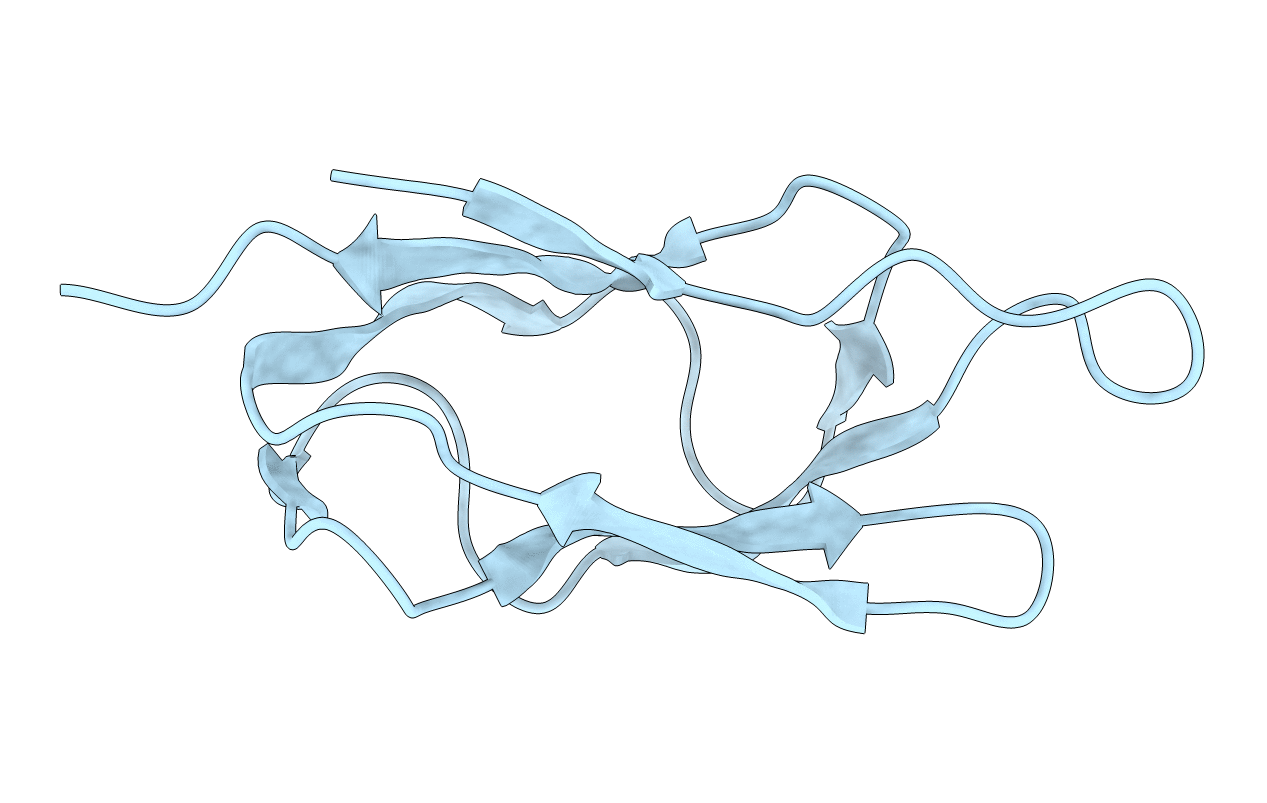
Deposition Date
1996-01-16
Release Date
1997-01-11
Last Version Date
2024-05-01
Entry Detail
PDB ID:
1GHJ
Keywords:
Title:
SOLUTION STRUCTURE OF THE LIPOYL DOMAIN OF THE 2-OXOGLUTARATE DEHYDROGENASE COMPLEX FROM AZOTOBACTER VINELAND II, NMR, MINIMIZED AVERAGE STRUCTURE
Biological Source:
Source Organism:
Azotobacter vinelandii (Taxon ID: 354)
Host Organism:
Method Details:
Experimental Method:
Conformers Submitted:
1


